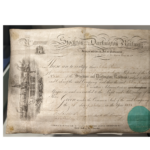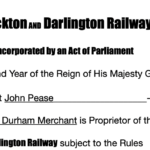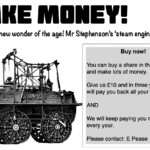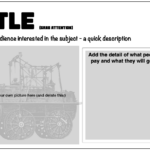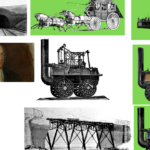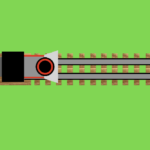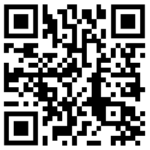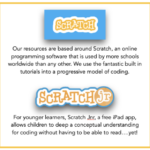For most teachers, the starting point is the main video. Although relatively short, it contains a lot of information and time to reflect, revisit sections and ask questions can form the basis of a class discussion. The comprehension can further be used to review understanding of some of the key points.
Artefact Activities
Edward Pease was a wealthy merchant but he couldn’t afford to finance the new railway all on his own. He set up a share scheme which other wealthy local people were invited to join. The artefact is a photograph of one of the original share certificates. The writing is hard to read but there is a ‘translation’ below. The pictures are also an interesting window into how people thought the railway might look, years before it was actually built.
Digital Skills Task
Just like the poster for the potential shareholders, grabbing an audience at a glance is a key digital skill to develop. You can use many different types of software for this task, to design a poster to ask people to invest in a new local railway (you can use any topic of course which may relate to other issues currently in your local area or your curriculum). The focus is on simplicity and key messages: why would the audience think it meant something to them? How can we persuade them to turn up and pay up? Language? Images? The image below will take you to Spark’s resources to support use of Pages which is ideal for this task. Just click on the Pages icon.
Other Curriculum – Computing ‘Keep the train on the track’
This activity uses Scratch to focus children on moving an object on a stage through code. Three are a number of background ‘tracks’ to load, each increasing in difficulty. The children can use any code they think fits the task best although ‘glide’ probably looks most effective. Yes the corners are right angles but children can then use the rotate tool. Some of the tracks allow the concept of loops to be introduced if that is useful.
Children can of course add more detail, they can add music, sound effects, additional characters, turn it into a short story….the opportunities are endless. As an additional note, the background (and the train) were made in Pages and the screen shot was then added to Scratch.



